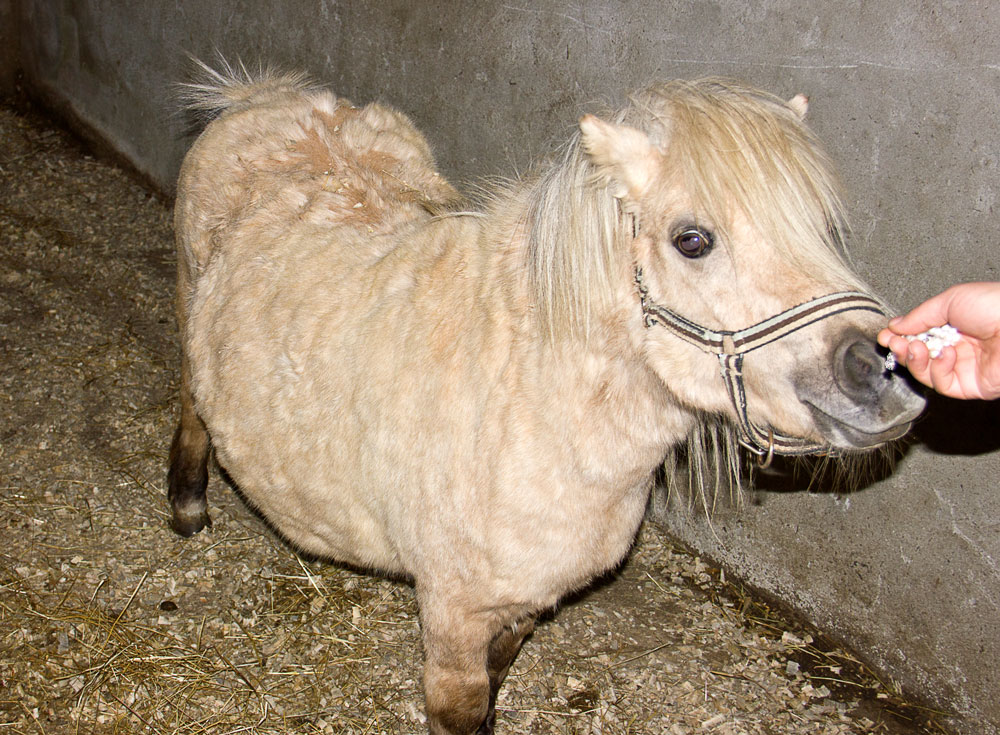
Rain rot is a common term for dermatophilosis. The organism that causes this skin disease is the spore-forming bacterium Dermatophilus congolensis. This bacterium needs moisture to emerge from dormant spore form and become infective.
“We call the disease rain rot because it usually occurs in rainy seasons,” said Stephen D. White, DVM, DACVD, Professor and Chief of Service, Dermatology, School of Veterinary Medicine at the University of California, Davis. “The skin lesions often appear along the back because the horse is standing in the rain, or may appear on the lower legs if they have been wet. This may be one of the differentials when diagnosing causes of scratches—which occur after the horse has been standing in water or has been sprayed with water in the stall when people clean out the stall with a high-pressure hose while the horse is in the stall.
“Three things are needed for rain rot to occur—water, the organism and some sort of micro-trauma to the skin to open the way for the bacteria,” he continued. “This could be anything from fly bites, to another horse biting the animal, to little scrapes and abrasions that happen while rubbing or rolling, or the water impact from a high-pressure hose.”
Rain rot is usually easy to diagnose and also easy to treat.
“This infection is susceptible to most antibiotics,” said White. “But you might treat the horse and the skin problem clears up—and he goes out in the rain again and starts a new infection. Along with treatment you may need to do some environmental or management changes.”
For treatment, most veterinarians think a two-pronged approach is needed—topical and systemic.
“A gentle shampoo works well, with removal of scabs and crusts caused by this organism, but the crusts are quite painful to pull off,” noted White. “Many people use a betadine shampoo, but actually the best thing is systemic antibiotics. Penicillin often works very well; this is one of the rare situations in which I say penicillin will work. The trimethoprim sulfa (TMS) drugs also work and those are oral products—which is nice for folks who don’t want to have to give their horse an injection every day.”


